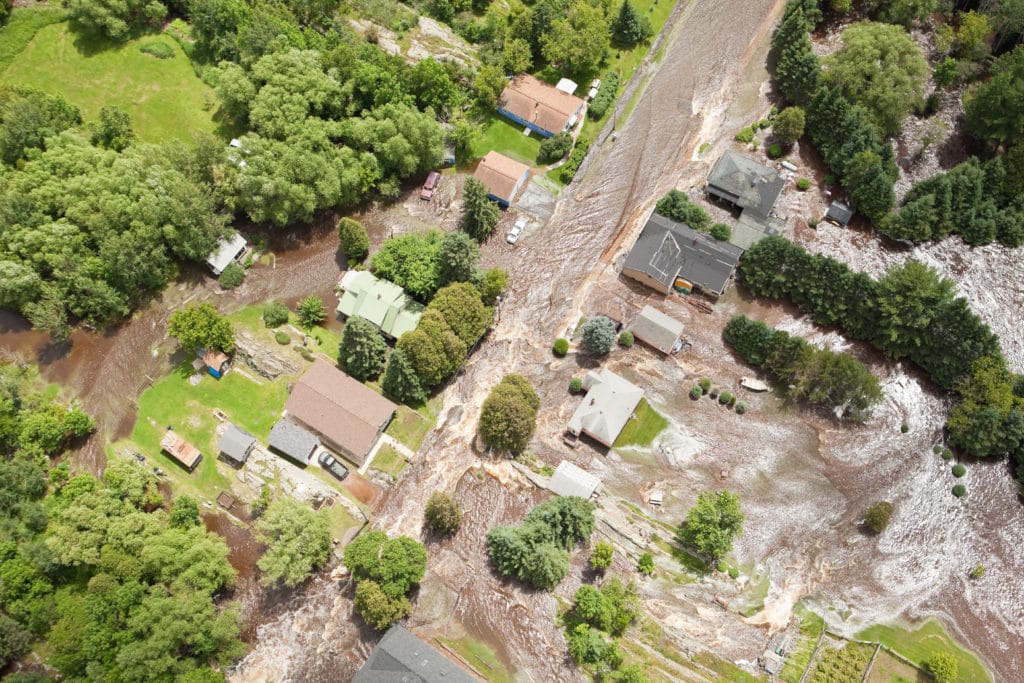
I recently visited the province of my birth, KwaZulu-Natal following the devastating floods. The desperation of the people and scale of the disaster has seen tens of thousands of displaced citizens turning to government to provide a broad range of relief measures, while damage to critical infrastructure including water supplies has prompted the President to declare a national state of disaster.
An estimated 40 000 people have been displaced by the flooding, while damage to roads and schools have seen over 270 000 learners affected, in addition to 66 public healthcare facilities.
Coordinating the ongoing response will require close cooperation between multiple government and private sector entities as well as the active involvement of NGOs who play a vital role in supporting affected communities.
However, while the immediate task is to support those most vulnerable following the floods, there is a broader imperative to ensure public services are accessible and provide sufficient support to vulnerable communities across the country.
SA population has large share of vulnerable communities
Vulnerable groups include people living in poverty, those living with disabilities or dread disease, the elderly, youth and women, indigenous communities, rural and urban informal communities and displaced persons and migrants.
The pandemic has disproportionately affected vulnerable groups as they struggle with a variety of conditions and several barriers which have been exacerbated by the pandemic.
Ensuring essential public services are accessible and effective for vulnerable groups is a vital component of achieving the UN Sustainable Development Goals, especially as it relates to SDG 16, which strives for just, peaceful, and inclusive societies that are supported by strong institutions.
A recent report by the Bureau for Economic Research has found South Africa is not making sufficient progress toward achieving its development objectives. For a country where the official unemployment rate is over 35%, and millions depend on social grants and other measures to survive, this lack of progress is putting citizens – and especially vulnerable communities – at risk.
Stakes higher for public sector digital transformation
Public sector entities are arguably under greater pressure to ensure digital transformation efforts are designed with vulnerable communities in mind. Those depending on social grants or public healthcare facilities need such services to be easily accessible, especially in underdeveloped areas such as informal settlements and rural towns and villages.
UN Secretary-General António Guterres recently called for a ‘new social contract’ as part of post-pandemic recovery, based on inclusivity and sustainability, and highlighted the need for governments to prioritise investment in digital literacy and digital infrastructure to build social cohesion.
Many governments have heeded the call and have made services available in the format of “digital by default”. However, this approach often excludes those who need the services most, for example older people and those in lower income groups who are not able to access online information and services as easily as those in the higher income groups generally.
Increasingly governments are deploying cutting-edge technology to deliver public services. The most effective approaches often rely on big data analytics and employ the latest technologies such as Artificial Intelligence (AI), robotics, and blockchain to ensure effective outreach and provision of services. Consequently, the trend of adopting cutting-edge technologies in the government sector has intensified, which heralds an irreversible shift towards digital transformation. But these services may fail to improve the lives of citizens if there is a lack of trust between society and government.
Fostering trust between citizens and government
The most recent Edelman Trust Barometer highlights increasing wariness of government and media. This is fuelling a cycle of distrust and demonstrates that government is not seen as able to solve societal problems.
The COVID pandemic and disasters like the KZN floods have highlighted the need for agile government. However, a recent study found that nearly one in ten South Africans consider corruption as the biggest problem that government needs to address.
Reports of mishandled relief funds during the early stages of the COVID-19 pandemic has sowed distrust among the electorate, which has extended to the relief efforts for flood-affected communities in KwaZulu-Natal, where local NGOs are instead being entrusted with providing essential relief measures.
This distrust does serious damage to government’s agility in the face of crises. An agile government is able to respond to crises as they emerge and can help anticipate an appropriate response. Predictive analytics and the advancement of complex systems analysis with cutting-edge technology can help governments develop agility and anticipation and improve their response to future scenarios.
Technology can also improve management of precious public sector finances, which is fundamental to the state’s efforts at supporting citizens during times of crisis and essential to the ongoing delivery of vital services.
Spend management tools such as Concur can provide system-based automated compliance and the option to embed financial policies in the software to align with regulations such as the Public Finance Management Act. This can help restore a culture of accountability that ensures scarce financial resources are spent responsibly and reach the communities that most need it.
As we hurtle into the 21st century, it will become increasingly important for the emergence of more anticipatory digital transformation functions in government than we have today, allowing us to build better, more inclusive, and more resilient societies.
